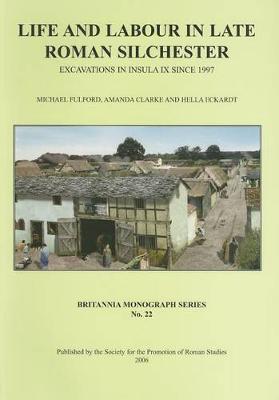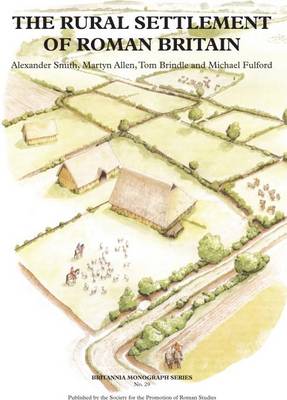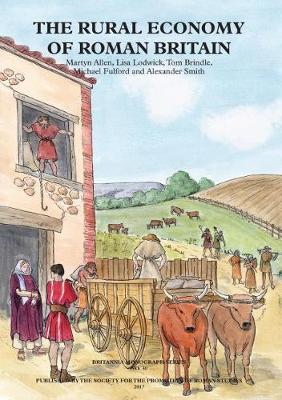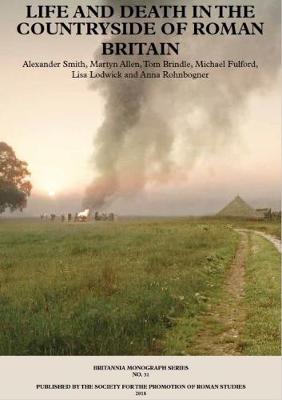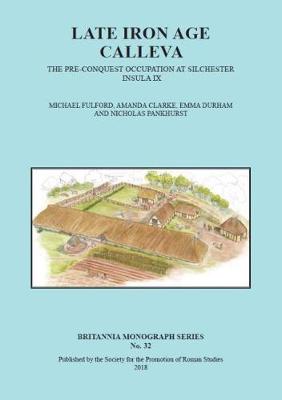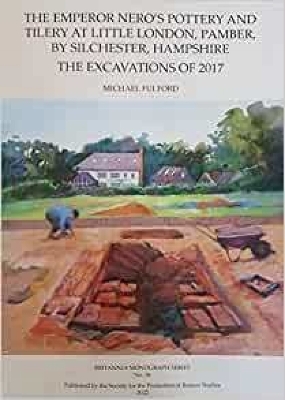Britannia Monographs
9 primary works
Book 22
Life and Labour in Late Roman Silchester
by Michael Fulford, Amanda Clarke, and Hella Eckhardt
Book 25
Book 26
A Late Roman Town House and its Environs
by Emma Durham and Michael Fulford
Book 29
The Rural Settlement of Roman Britain
by Alexander Smith, Martyn Allen, Tom Brindle, and Michael Fulford
Book 30
The Rural Economy of Roman Britain: New Visions of the Countryside of Roman Britain Volume 2
by Martyn Allen, Lisa Lodwick, Tom Brindle, Michael Fulford, and Alexander Smith
Book 31
Book 32
Late Iron Age Calleva
by Michael Fulford, Amanda Clarke, Emma Durham, and Nicholas Pankhurst
Book 33
Silchester Insula IX: The Claudio-Neronian Occupation of the Iron Age Oppidum
by Michael Fulford, Amanda Clarke, Emma Durham, and Nicholas Pankhurst
This volume follows on from the publication of Late Iron Age Calleva, Britannia Monograph 32 (2018)
Book 36
